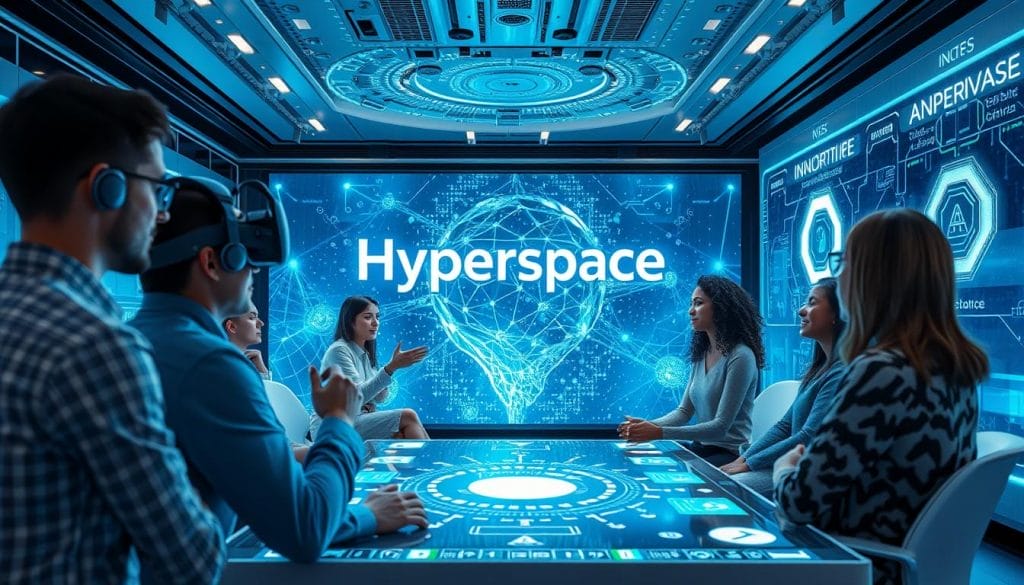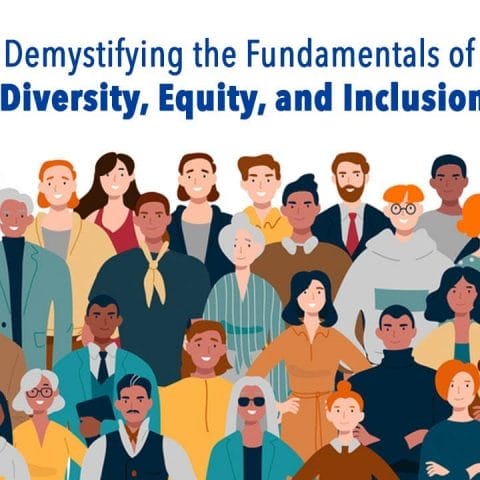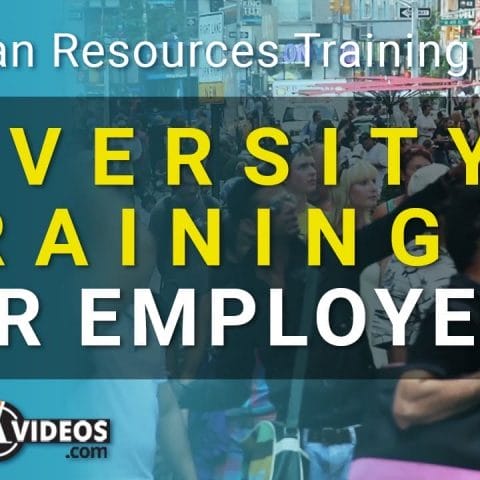In today’s fast-paced world, being good at presentations is key to success. Yet, many people fear public speaking. This fear, called glossophobia, affects 20% to 40% of people, studies show. Luckily, new tech like AI-powered virtual reality (VR) training is changing the game.
The PresentationPro project uses VR and AI to help people, mainly students, get better at speaking in public. It creates real-life scenarios in 3D worlds. The VR system watches how you move and speak, giving you feedback from AI avatars that act like real people.
This method makes learning to speak in public safe and effective. It builds confidence by letting you practice often and get positive feedback. The project will check how well it works by asking people what they think and looking at how they do.
Key Takeaways
- Virtual reality (VR) technology offers a transformative solution for improving presentation skills and overcoming public speaking anxiety.
- AI-powered audience avatars in VR simulations provide real-time feedback and realistic audience behaviors, creating an immersive learning experience.
- The PresentationPro project integrates VR and AI to help individuals, mainly university students, enhance their public speaking abilities.
- Comprehensive assessment methods, including subjective evaluations, participant feedback, and objective performance metrics, will be used to measure the effectiveness of VR training.
- The integration of VR and AI aims to create a low-risk, yet highly effective environment for individuals to practice and refine their presentation skills.
How AI and Virtual Reality Transform Presentation Skills

Virtual reality (VR) and artificial intelligence (AI) are changing how we learn to present. They help people face their fear of public speaking. These new tools make it easier to improve presentation skills.
The Role of Virtual Reality in Skill Development
Virtual reality is a key tool for learning soft skills. It lets people practice presentations in real-like settings. With a VR headset, they can try out different places, like big rooms or small spaces.
This way, they can get used to speaking in front of people. It helps them feel more confident when it matters most.
VR training is also flexible. It lets users practice with different-sized audiences. This helps them learn how to connect with any crowd, big or small.
Benefits of AI Integration in Training Experiences
AI, like ChatGPT, makes VR training even better. It lets users have conversations with AI characters. This way, they can practice dealing with tough situations and answering questions.
VR and AI together offer many benefits. They make learning more fun, give feedback, and are easy to use. They also make it possible to practice in many languages. This mix of technologies changes how we prepare for presentations.
“The combination of immersive virtual reality and advanced generative AI transforms soft skills training by providing personalized and engaging experiences.”
The future of learning is bright with VR and AI. Together, they will change how we learn to speak in public. These technologies will help people become more confident and successful in their careers.
Introducing Hyperspace: Your Partner in Learning

At Hyperspace, we lead in AI-driven solutions for better presentation skills. Our platform uses advanced tech for personalized, engaging, and effective training. It’s designed to help you learn in a way that works best for you.
Overview of Our AI-Driven Solutions
Our AI solutions meet the needs of professionals wanting to improve their presentation and public speaking. We offer soft skills simulations for real-life practice and self-paced learning journeys that fit your schedule. We aim to empower you every step of the way.
Our platform features interactive role-playing with AI-powered avatars. This lets you practice your communication skills in real scenarios. You get AI-powered feedback to improve your presentation practice and virtual training skills.
Commitment to Innovative Learning Approaches
At Hyperspace, we’re committed to new learning methods. We use AI for immersive, context-aware simulations that meet your needs. Our focus on innovation means you get the latest tools for improving your presentation skills in a safe virtual space.
“VR training can boost knowledge retention by 75% based on studies, and companies using VR for training have experienced a 50% increase in engagement and retention.”
Our AI-driven solutions help you reach your full presentation confidence. See how Hyperspace can change your learning journey and boost your presentation skills.
Soft Skills Simulations: Real-Life Practice in a Virtual Space
The future of soft skills training is here, and it’s in virtual reality. Virtual reality (VR) and artificial intelligence (AI) are changing how we learn. Hyperspace is leading the way in teaching communication, leadership, and problem-solving skills.
Immersive Scenarios for Effective Learning
Hyperspace’s virtual environments put users in real-life scenarios. They practice skills like giving tough feedback and handling tense talks. These immersive simulations make learning feel real, helping learners get better at soft skills.
- 44% of learners score higher on soft skills assessments after completing a VR module
- 95% of learners feel safer on the job after completing XR simulated training
- 230% increase in knowledge gain from using VR
Feedback and Assessment Mechanisms
Hyperspace’s AI-powered feedback checks how well users do in real-time. It looks at body language, tone, and words. This helps learners know where to get better and improve their speech coaching and people skills.
“Virtual reality enables individuals to engage in role-playing exercises, participate in virtual meetings, and confront challenging situations that require effective communication and problem-solving.”
Together, virtual environments and AI feedback make learning better. They help professionals get better at soft skills and do well under pressure.
Self-Paced Learning Journeys for Flexible Development
In today’s fast-paced world, being able to improve your public speaking skills at your own pace is key. Hyperspace’s virtual training lets you learn at your own speed. This way, you can practice and get better whenever it’s convenient for you.
Tailored Learning Paths that Fit Your Schedule
Our AI-powered platform offers a huge library of virtual scenarios and audience simulations. This means you can train whenever you have a spare 15 minutes or an hour. You’ll get instant, AI-powered feedback to help you improve right away.
Incorporating AI to Optimize Learning Experience
AI changes the game in our virtual training. It looks at your speech, body language, and presentation style. Then, it gives you personalized insights to help you improve. This makes sure your learning is just right for you, helping you get better faster.
| Feature | Benefit |
|---|---|
| AI-powered feedback | Get real-time analytics on your performance, including speech clarity, body language, and audience engagement. |
| Personalized learning paths | AI algorithms adapt the training content and scenarios to your specific skill level and development needs. |
| Flexible scheduling | Access virtual practice sessions anytime, anywhere, to fit your busy schedule. |
| Progress tracking | Review session transcripts and performance metrics to monitor your improvement over time. |
Hyperspace uses AI and virtual reality to help you learn at your own pace. Improve your public speaking, virtual training, and presentation skills with our advanced, AI-powered feedback solutions.
Interactive Role-Playing: Engaging and Effective Training
In today’s fast-paced world, virtual reality (VR) is changing how we learn. It’s making presentations and audience interaction better. This change comes from using interactive role-playing and advanced artificial intelligence (AI).
Real-Time Practice with AI-Powered Avatars
Imagine practicing your presentations or job interviews with AI avatars. These avatars change their questions and reactions based on how you do. This makes learning feel real and tailored to you.
By working with these virtual characters, you can improve your speaking skills. You’ll also get better at body language and confidence. This is key for doing well in important professional situations.
Collaboration Opportunities with Peers
But it’s not just about practicing alone. VirtualSpeech’s platform lets you work with others too. You can get feedback, share ideas, and learn from each other’s experiences.
This teamwork helps build a supportive learning group. It makes you better at handling different virtual environments. You’ll also get better at presentation practice and connecting with audience engagement.
| Benefit | Percentage Improvement |
|---|---|
| Faster Training | Up to 400% faster than traditional methods |
| Increased Confidence | 275% more confident in applying learned skills |
| Improved Performance | 20% better clinical performance in medical training |
Interactive role-playing in virtual settings is a game-changer. It lets you improve your presentation skills and connect with your audience. This is how you succeed in today’s fast-paced work world.
“The integration of AI and VR technologies will transform the way employees work and learn.”
Autonomous AI Avatars: Natural Interaction in Learning
Autonomous AI avatars are changing virtual training and speech coaching. They offer a realistic practice space. This space is like real life, with conversations that feel natural.
Creating a Realistic Practice Environment
These AI avatars are smart because they understand and talk back in a real way. They make learning feel more like real life. This makes learning better and more fun.
How Natural Language Processing Enhances Learning
This new way of learning is a big deal for virtual training and speech coaching. It helps people get better at talking and presenting. The AI gives feedback that helps learners improve.
Using virtual reality with AI makes learning better. It lets people have real conversations and get help that fits them. This makes learning more fun and helps people get better at talking and presenting.
| Key Metrics for Autonomous AI Avatars | Importance |
|---|---|
| User Engagement | Measures factors like dwell time and frequency of interactions to assess the avatar’s ability to capture and retain user attention. |
| Conversion Rates | Tracks the success of AI avatars in driving desired actions, such as sales, sign-ups, and downloads. |
| Customer Satisfaction | Evaluates the effectiveness of AI avatars through return user rates and post-interaction feedback. |
AI avatars are making learning better and more personal. They are changing how we learn and talk. This new way is helping people get better at communication and succeed in their careers.
Context-Aware Responses and Behaviors in Simulations
Immersive simulations make learning and training better by giving each user a personalized experience. They use artificial intelligence (AI) to change scenarios based on what the learner does. This makes training more engaging and effective.
Adapting Scenarios Based on Learner Input
In a virtual presentation simulation, AI can change how the audience reacts. If the speaker does well, the audience might show they’re interested. But if the speaker doesn’t do well, the audience might seem bored.
This helps learners practice reading audience cues and adjusting their presentation. It makes learning more immersive and realistic. This is key for improving communication and public speaking skills.
Benefits of Personalized Learning Experiences
Personalized virtual training is a big plus. It means each learner gets practice in areas they need to work on. The AI adjusts to the learner’s strengths and weaknesses, helping them improve in specific areas.
The Next in Personalization 2021 report shows 71% of consumers want personalized interactions. And 76% get upset if they don’t get it. Immersive simulations meet this need, making learning more engaging in virtual environments.
AI-enabled virtual reality training can tailor the learning experience to each user. It creates scenarios that change based on how well the learner does. This makes learning a truly transformative experience for skill development and presentation mastery.
Dynamic Gesture and Mood Adaptation for Authenticity
In virtual reality (VR) training, it’s key to show dynamic gestures and adjust to user moods. This makes the experience feel real. It helps users get better at non-verbal communication, like body language and facial expressions. These skills are vital for public speaking and presentations.
Enhancing Non-Verbal Communication Skills
The VR platform gives users feedback on their non-verbal signals. This lets them see how their body language and facial expressions affect others. By practicing in these real-like scenarios, users can improve their public speaking skills. They learn to use both words and body language effectively.
Importance of Emotional Intelligence in Presentations
Emotional intelligence is key for great presentations. The VR environment shows how the audience reacts and lets users practice reading and responding to emotions. This helps users connect with their audience, build trust, and share their message with empathy.
By mastering non-verbal communication and emotional intelligence, users can improve their presentation skills. They can engage their audience and make a lasting impression.
| Skill | Novice Teacher | Experienced Teacher |
|---|---|---|
| Classroom Management | Low self-efficacy, feel inexperienced | Highly skilled, maintain control and engage students |
| Interpreting Student Behavior | Focus on a few students, struggle with correct interpretation | Scan entire class, interpret behavior accurately |
| Taking the Lead and Initiative | Score low, leave initiative to students | Score high, take charge and guide the class |
“Integrating AI in professional scenarios can improve productivity by as much as 40%, as shown in a study conducted by MIT Management, Sloan School.”
VR training with dynamic gestures and mood adaptation helps users improve their presentation skills. It lets them develop a more authentic and impactful style. By using these advanced features, users can better connect with their audience. This makes their presentations more effective and engaging.
Environmental Control Capabilities in Virtual Training
Hyperspace’s virtual training lets users control their environment. They can practice in many settings, from small rooms to big auditoriums. This helps them get better at speaking in front of people, no matter where they are.
Customizable Settings for Diverse Learning Needs
Organizations can make training fit their employees’ needs. Users can try out different scenarios, like giving a presentation in a fancy room or a big hall. This helps them get ready for real-life situations.
Integrating Learning Management Systems for Assessment
Hyperspace works well with Learning Management Systems (LMS). This lets companies track how well users are doing. They can see how presentation skills are improving and get feedback to make training better.
FAQ
Q: How does virtual reality enhance presentation skills?
A: Virtual reality (VR) creates 3D environments for real-time practice. It lets users practice presentations in settings like conference rooms. This makes the virtual audience feel real, helping users build confidence.
Q: What are the benefits of integrating AI into presentation skills training?
A: Using AI, like ChatGPT, makes VR training more interactive. It allows for dynamic conversations with AI characters. This makes training more realistic, engaging, and cost-effective.
Q: How does Hyperspace’s platform approach presentation skills training?
A: Hyperspace uses AI to offer personalized training. It includes simulations, self-paced learning, and interactive role-playing. This ensures users get the best tools to improve their presentation skills in a safe space.
Q: What types of soft skills simulations does Hyperspace offer?
A: Hyperspace’s VR simulations cover real workplace situations. Users can practice delivering bad news or discussing promotions. The AI gives feedback on body language and tone, helping users improve quickly.
Q: How do self-paced learning journeys benefit presentation skills development?
A: Self-paced learning lets users practice at their own time. VR platforms offer access to virtual audiences anytime. AI provides feedback, adapting scenarios to user progress, making learning efficient even with busy schedules.
Q: What are the key features of Hyperspace’s interactive role-playing experiences?
A: Hyperspace’s VR role-playing is engaging and effective. AI avatars simulate real scenarios, like job interviews. They ask personalized questions, making the experience realistic. Users can also practice with peers, improving through shared experiences.
Q: How do autonomous AI avatars create a realistic practice environment?
A: Hyperspace’s AI avatars understand and respond to user inputs. They adapt to user responses, making conversations dynamic. This realism helps users develop communication skills more effectively.
Q: How does Hyperspace’s VR training adapt to user performance?
A: Hyperspace’s AI adapts scenarios based on learner input. This creates personalized learning experiences. For example, the virtual audience reacts differently based on the speaker’s performance, helping users learn to adjust their style.
Q: How does Hyperspace’s VR training focus on non-verbal communication skills?
A: Hyperspace’s VR training focuses on non-verbal cues like body language. Users can practice and improve these skills. The technology provides feedback, helping users understand the impact of their non-verbal cues.
Q: What customization options does Hyperspace’s VR training offer?
A: Hyperspace’s VR training offers customizable settings. Users can practice in various environments, from small rooms to large auditoriums. The integration with learning management systems tracks user progress, helping organizations tailor training.





